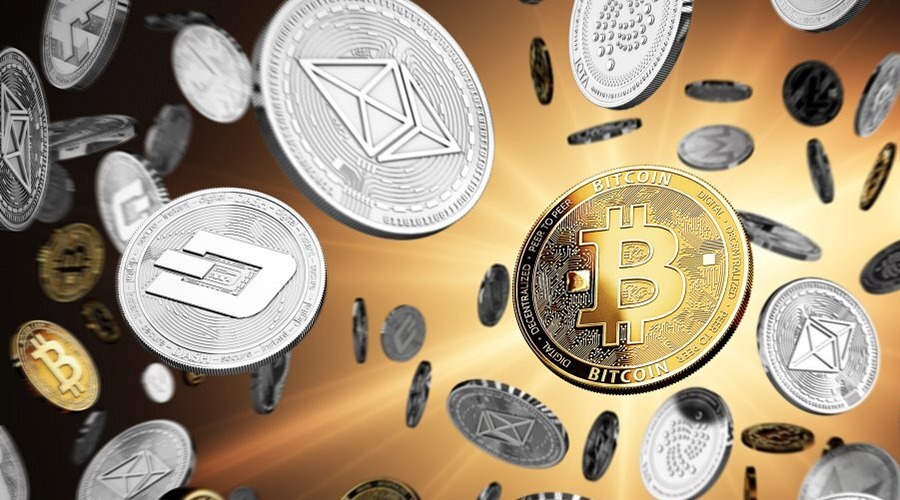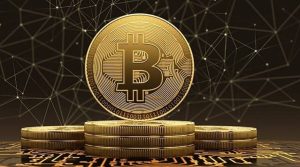Cryptocurrencies have gained significant popularity and attention in recent years. One intriguing aspect of these digital assets is the concept of coin burning. In this article, we will delve into the purpose and benefits of coin burning in cryptocurrencies.
Introduction
Cryptocurrencies have revolutionized the world of finance and technology. They are digital or virtual currencies that use cryptography for secure financial transactions, control the creation of new units, and verify asset transfers. Among the various mechanisms employed by cryptocurrencies, coin burning has emerged as a notable strategy. Coin burning refers to the deliberate and permanent removal of a certain number of coins from circulation. This article aims to explore the purpose and benefits of this practice in the crypto space.
What is Coin Burning?
Coin burning refers to the deliberate and permanent removal of a certain number of coins or tokens from circulation within a cryptocurrency ecosystem. It is a process where these tokens are intentionally destroyed, rendering them unusable and inaccessible.
The concept of coin burning is often employed by cryptocurrency projects as a strategic measure to control token supply and manage various aspects of their ecosystem. The process typically involves sending the tokens to a specific address from which they can never be retrieved or accessed again. This ensures the irreversible removal of those tokens from circulation.
The purpose of coin burning varies depending on the cryptocurrency project and its objectives. One primary reason for coin burning is to reduce the total supply of coins in circulation. By decreasing the supply, the remaining coins become relatively scarcer, potentially increasing their value. This reduction in supply can help maintain the scarcity of the cryptocurrency and contribute to a healthy market dynamic.
Coin burning can also be used as a means to combat inflation within a cryptocurrency ecosystem. By removing tokens from circulation, the project aims to mitigate the potential devaluation that could result from excessive token creation. This reduction in supply can help strike a balance between the available tokens and the demand for them.
Furthermore, coin burning can serve as a way to enhance investor confidence and signal the commitment of the cryptocurrency project to the long-term growth and sustainability of the asset. By actively reducing the token supply, the project demonstrates a proactive approach towards managing the economics and maintaining value for its token holders.
Why Do Cryptocurrencies Burn Coins?

Cryptocurrencies burn coins for a variety of reasons. One primary motive is to control inflation and maintain the value of the digital asset. By decreasing the circulating supply, the cryptocurrency aims to combat the potential devaluation caused by excessive token creation. Coin burning helps strike a balance between supply and demand, as fewer available coins can drive up their value.
Additionally, coin can enhance investor confidence. By demonstrating a commitment to reducing supply, a cryptocurrency project can signal its dedication to the long-term sustainability and growth of the asset. This can attract potential investors who believe in the project’s vision and goals.
Benefits of Coin Burning
- Reduced Supply and Scarcity: It decreases the total supply of coins, making the remaining coins scarcer. This scarcity can drive up demand and potentially increase the value of the cryptocurrency.
- Positive Impact on Token Prices: With a reduced supply and increased scarcity, the demand for the remaining coins may rise. This increased demand can lead to price appreciation, benefiting token holders and investors.
- Long-Term Value Appreciation: It can contribute to the long-term value appreciation of a cryptocurrency. As the supply decreases, the value of each remaining coin may increase over time, rewarding early investors and long-term holders.
- Enhanced Investor Confidence: It demonstrates a commitment to reducing the supply of coins, which can enhance investor confidence. It signals a dedication to the long-term sustainability and growth of the cryptocurrency project, attracting potential investors who believe in its vision and goals.
- Improved Network Security: By reducing the supply of tokens, coin burning can enhance network security. The cost of launching a 51% attack or other malicious activities becomes higher, as it becomes economically unfeasible for bad actors to gain control over the majority of the network’s computational power.
Coin Burning Techniques and Methods
- Proof of Burn (PoB): Proof of Burn is a consensus mechanism that involves participants proving their commitment to the network by burning a certain number of tokens. In this process, individuals send their tokens to an address where they become unspendable or permanently locked. By sacrificing their tokens, participants demonstrate their stake and earn the right to validate transactions or participate in the consensus process. PoB ensures that individuals have a vested interest in the network’s success, as they have “burned” their tokens to gain influence.
- Coin Burns through Smart Contracts: Smart contracts, self-executing contracts with predefined conditions written into code, provide another avenue for executing coin burns. Developers can include specific rules and conditions within the smart contract to automate the burning process. For example, a smart contract can be programmed to destroy a certain percentage of tokens every time a specific event or condition is met. This automation ensures accuracy, transparency, and removes the need for manual intervention in executing the burn.
- Token Buybacks and Burns: Some cryptocurrency projects conduct token buyback programs, where they repurchase their own tokens from the market. These tokens are then subjected to coin burning, effectively reducing the circulating supply. The buyback programs can be funded through various means, such as using a portion of the project’s profits, fees, or other revenue streams.
- Decentralized Autonomous Organizations (DAOs): Decentralized Autonomous Organizations, or DAOs, are organizations governed by smart contracts and decentralized decision-making processes. Some DAOs incorporate coin burning as a mechanism for managing their token ecosystem. For instance, DAOs can hold votes among token holders, and if a majority approves, a certain number of tokens can be burned.
Coin Burning and Tokenomics
Tokenomics refers to the study of the underlying economics of tokens or digital assets. It plays a crucial role in shaping the tokenomics of a cryptocurrency project. It acts as a deflationary mechanism, reducing the overall supply and influencing the token’s scarcity and value. Token burning can create a virtuous cycle where increased scarcity leads to higher demand and potential price appreciation.
Moreover, coin burning can affect the utility of a token. As the supply decreases, the remaining tokens may gain more utility within the ecosystem. This increased utility can result in improved network participation, driving further adoption and strengthening the project’s overall ecosystem.
Coin Burning in Practice
- Binance Coin (BNB): Binance, one of the leading cryptocurrency exchanges, periodically conducts coin burns of its native token, BNB. The burns are based on a percentage of the exchange’s quarterly profits. By reducing the supply of BNB, the burns aim to increase its scarcity and potentially drive up its value. This practice has helped create a sense of trust and confidence among BNB holders and the wider cryptocurrency community.
- Ethereum (ETH): Ethereum, the second-largest cryptocurrency by market capitalization, has also utilized coin burning. In the past, Ethereum has implemented coin burning as part of its network upgrades and transitions, such as the Ethereum 2.0 migration. The burns have helped manage the token supply dynamics and create a more balanced ecosystem for Ethereum users and investors.
- Ripple (XRP): Ripple, a blockchain-based payment protocol, has conducted coin burns of its native token, XRP. Ripple’s burns were aimed at reducing the supply of XRP tokens available in circulation. This strategic move was intended to positively impact the value of XRP. It instill confidence in the project among its stakeholders.
Criticisms and Controversies
While coin burning has its advantages, it is not without criticisms and controversies. One common criticism is that coin burning can be seen as a temporary solution to address token supply concerns. However, skeptics argue that a sustainable project should focus on creating long-term value through technological advancements and real-world adoption, rather than relying solely on supply reduction.
Furthermore, there are potential risks associated with coin burning. If not properly managed, a significant burn event can lead to market volatility and price manipulation. Moreover, excessive or frequent coin burning could raise concerns about centralization if a small group of individuals or entities controls the burning process.
Conclusion
Therefore, coin burning has become a notable practice in the world of cryptocurrencies. It serves various purposes, including reducing coin supply, controlling inflation, and enhancing investor confidence. The deliberate destruction of coins can have several benefits, such as positive effects on token prices, potential long-term value appreciation, and improved network security. However, it is essential to consider the evolving nature of token economics and the potential criticisms and controversies surrounding coin burning.
FAQs
What is coin burning in cryptocurrencies?
Coin burning refers to the intentional and permanent removal of a certain number of coins from circulation within a cryptocurrency ecosystem.
Why do cryptocurrencies burn coins?
Cryptocurrencies burn coins to control inflation, enhance scarcity, increase value, and improve investor confidence.
What are the benefits of coin burning?
Coin burning can lead to increased investor confidence, positive effects on token prices, potential long-term value appreciation, and improved network security.
How do cryptocurrencies burn coins?
Cryptocurrencies employ various techniques such as Proof of Burn (PoB) consensus mechanisms and smart contracts to burn coins.
Are there any criticisms of coin burning?
Some criticisms include viewing coin burning as a temporary solution and potential risks of market volatility and centralization.






